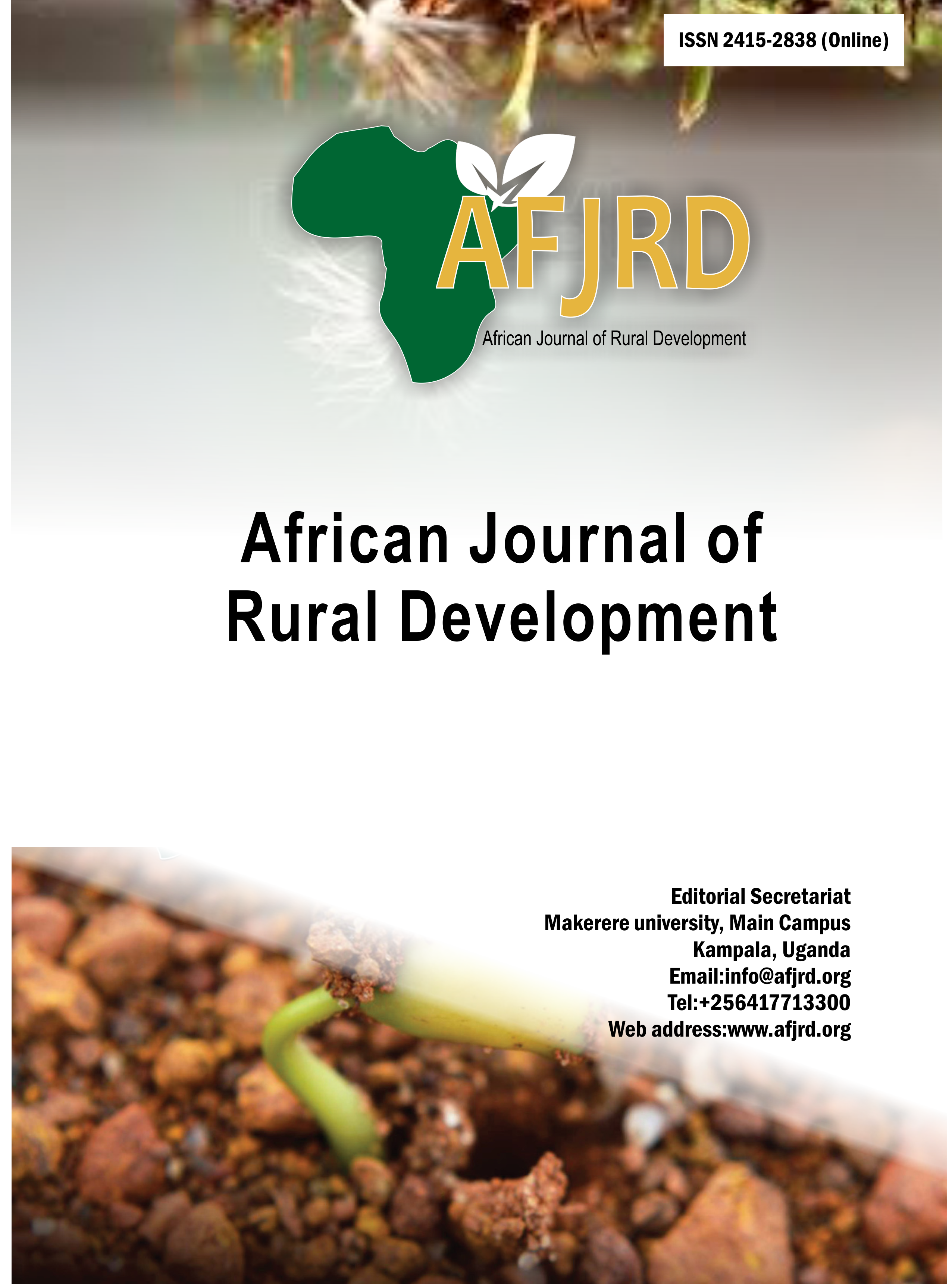Marker-assisted gamete selection for multiple disease resistance and grain yield in inter-gene pool and inter-racial populations of common bean
Main Article Content
Abstract
Broadening the genetic base of existing breeding populations is crucial for increasing
the variability and the chance of finding more promising genotypes. This study aimed
at evaluating the agronomic performance and multiple disease resistance of F1.3 to F1.6
generations of 16 inter-racial small- and medium-seeded common bean populations selected
in early generations using markers linked to genes for disease resistance. From 2013 to
2015, segregating F1.3 families from 16 populations were advanced to F1.5 following the
gamete selection procedure at Kabete Field Station, University of Nairobi. The F1.6 lines
were selected at Mwea Research Station of Kenya Agricultural and Livestock Research
Organization (KALRO) for plant vigor, days to flowering and to physiological maturity,
number of pods per plant, number of seeds per pod, 100-seed weight, field disease score
and grain yield during the 2016 short rain season. Analysis of variance (ANOVA) and
the least significant difference (LSD) test were performed to compare and separate means
among different populations and lines within those populations. There were significant differences in grain yield among populations (P<0.05).
Population KMA13-32 (KATB9 x Mex54 / G2333 // RWR719 / BRB191) with a mean
yield of 2.84 t ha-1 out-yielded all other populations and commercial checks. Grain
yield was correlated with number of pods per plant (r=0.85***) and the seed yield per plant
(r=0.97***). Inter-racial populations showed low to moderate disease infection levels in all
the generations (1.0 to 5.0) while commercial checks were moderate to highly susceptible
to most of the pathogens (3.1 to 9.0).
Article Details

This work is licensed under a Creative Commons Attribution 4.0 International License.
